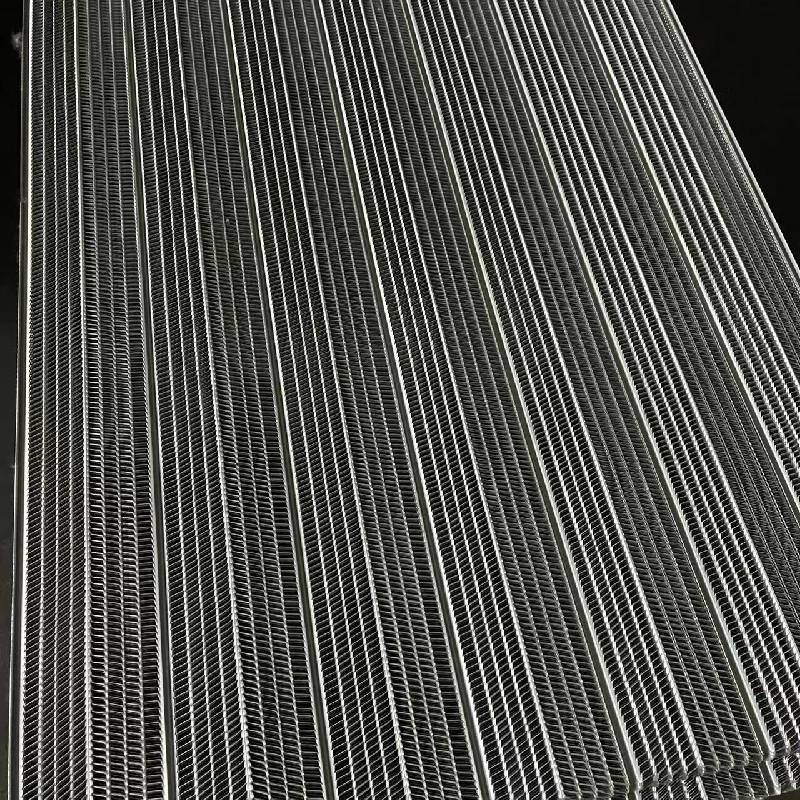
- Mobile Phone
- +8613931874955
- sales@cntcmetal.com
Tips for Effectively Tying Garden Wire for Your Plants and Projects
How to Tie Garden Wire A Comprehensive Guide
Tying garden wire is an essential skill for any gardener, whether you're supporting delicate plants, creating structures like trellises, or securing tools and supplies. Garden wire, typically made of flexible metal, provides the strength needed to support plants as they grow, ensuring they thrive in your garden. This article will guide you through the process of effectively tying garden wire, ensuring you can manage your plants with ease and efficiency.
Choosing the Right Garden Wire
Before you start tying, it's important to choose the right type of garden wire. There are various options available, from soft aluminum wire, which is easy to bend and shape, to stronger, galvanized steel wire, which is more durable and weather-resistant. If you are working with heavier plants or structures, opt for a thicker gauge wire. For lightweight plants and delicate stems, a thinner gauge will suffice.
Basic Tools Needed
To tie garden wire effectively, you may need a few basic tools - Garden Wire Choose the appropriate type and gauge for your project. - Wire Cutters A good pair of wire cutters will help you cut the wire to the desired length. - Gloves Protect your hands from cuts and scrapes while handling sharp wire ends.
Techniques for Tying Garden Wire
There are several techniques you can use when tying garden wire, depending on the task at hand.
how to tie garden wire

1. Simple Ties - Cut a length of wire, approximately 18-24 inches long. - Loop the wire around the plant stem or the structure it needs to be supported by. - Twist the two ends of the wire together tightly, ensuring the plant is snugly held but not too tightly to avoid damage. - Trim any excess wire with the wire cutters.
2. Figure Eight Method - This method is especially useful for securing plants to trellises. - Cut a length of wire long enough to create multiple ties. - Loop the wire in a figure-eight pattern around the stem and the support structure. - Twist the ends together securely, maintaining a firm but gentle hold on the plant.
3. Anchor Ties - For plants that need extra support, such as climbing varieties, anchor ties can be beneficial. - Drive a sturdy stake into the ground next to the plant. - Use a longer piece of wire and tie one end to the stake and the other around the main stem of the plant. - As with other methods, ensure the wire is tight enough for support without constricting the plant's growth.
Tips for Successful Tying
- Monitor Growth Check on your plants regularly. As they grow, you may need to adjust or re-tie the wires to prevent damage. - Avoid Girdling Be cautious not to wrap the wire too tightly around stems, as this can cut off circulation and damage the plant. - Staggering Ties For larger plants, use multiple points of support rather than a single tie to distribute the weight evenly and maintain stability.
Conclusion
Tying garden wire is a simple yet vital practice that supports plant growth and structure. With a few basic techniques and the right tools, you can ensure your plants stay healthy and well-supported throughout their growth cycles. Whether you're an experienced gardener or a beginner just starting, mastering the art of tying garden wire will significantly enhance your gardening skills and improve the overall health of your garden. Happy gardening!
share:
-
Your Source for Concrete Wall Ties and Masonry AccessoriesNewsJul.10,2025
-
Unlocking the Power of Iron Wire for Every ProjectNewsJul.10,2025
-
Explore Advanced Chain Wire and Stainless Steel Mesh FencingNewsJul.10,2025
-
Discover the Benefits of Annealed Wire ProductsNewsJul.10,2025
-
Discover China Stainless Steel Wire Mesh SolutionsNewsJul.10,2025
-
Build with Confidence Using High-Performance Masonry AccessoriesNewsJul.10,2025
-
Why Sacrificial Formwork Is Redefining Underground ConstructionNewsJun.06,2025



















